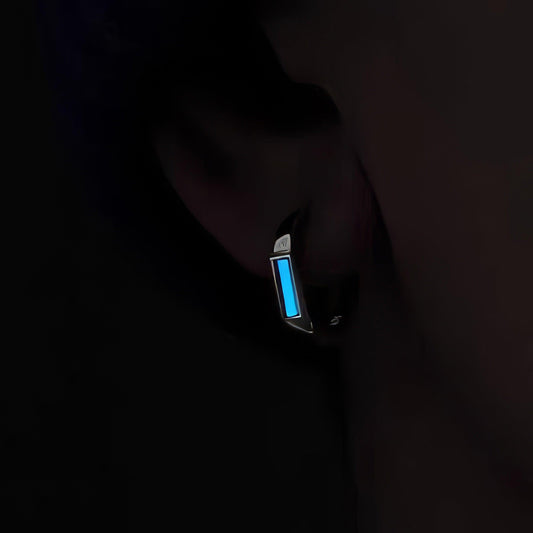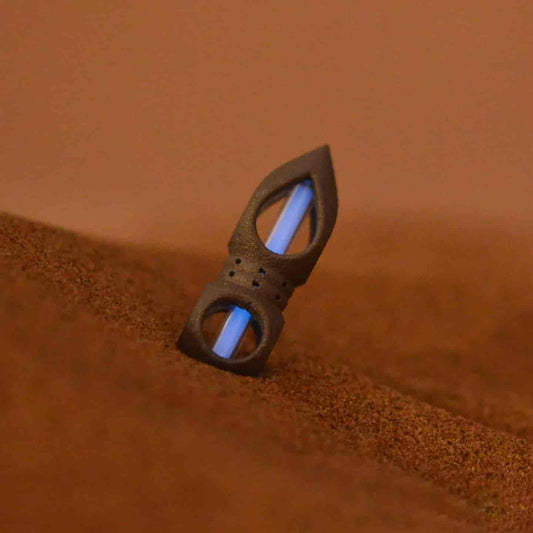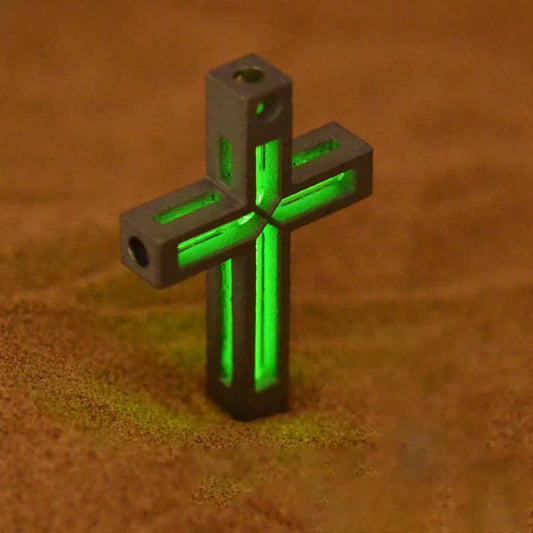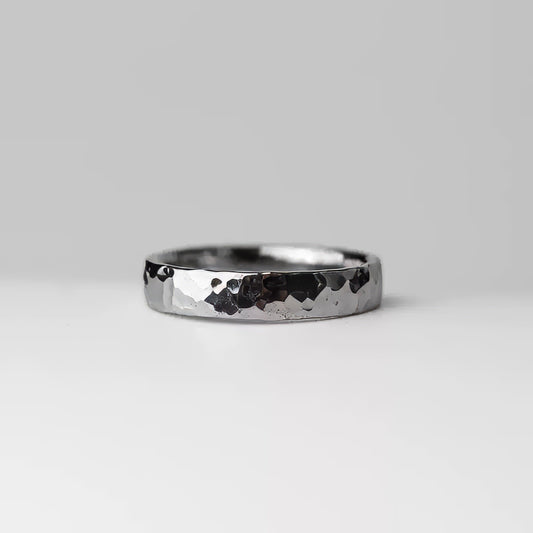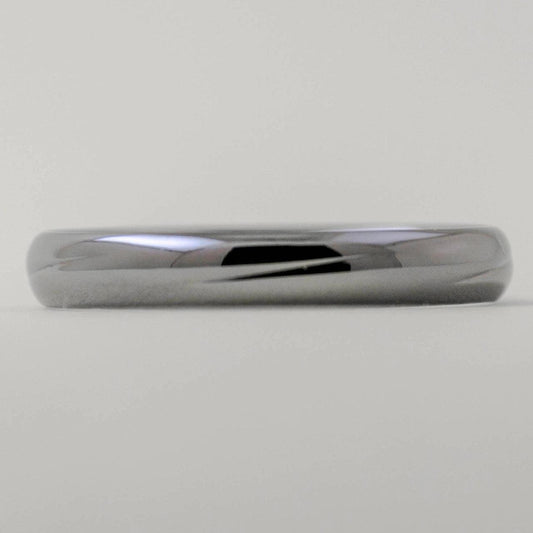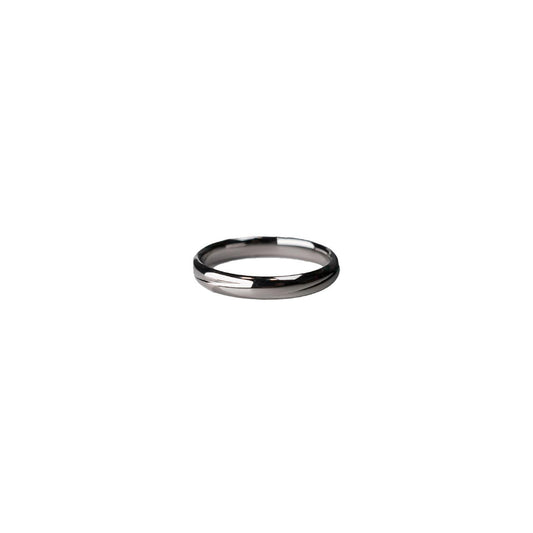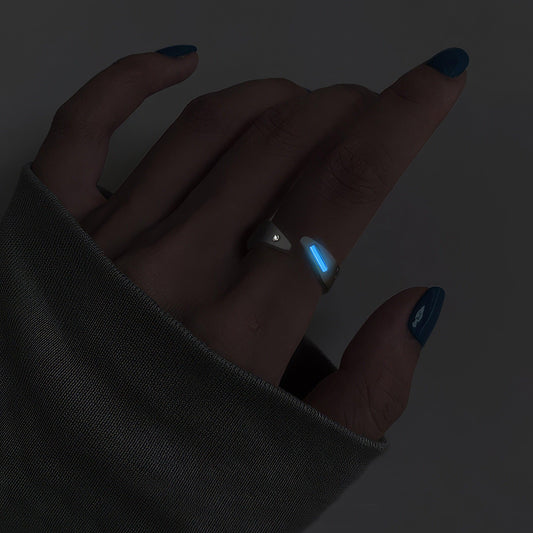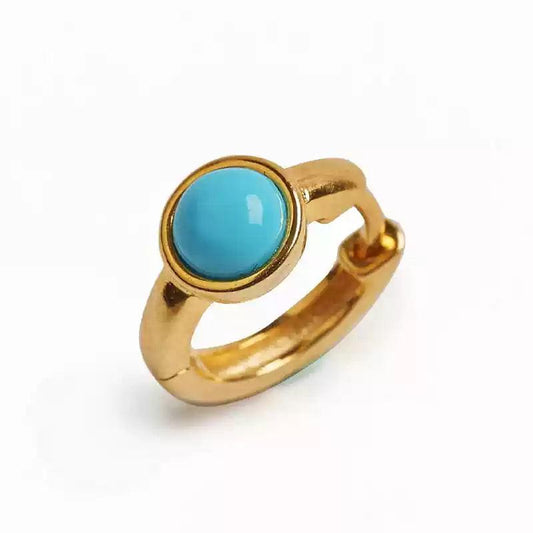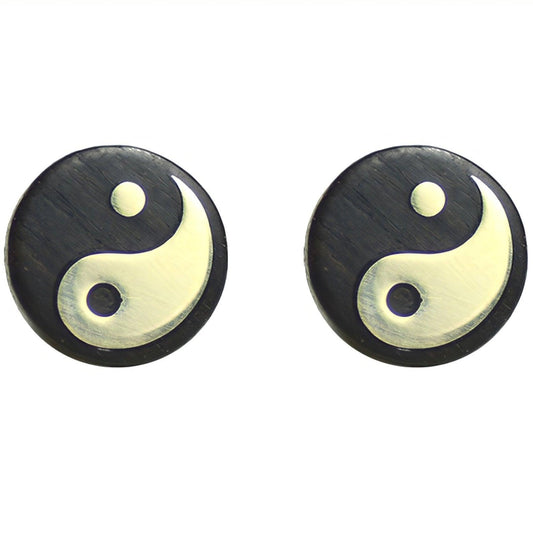How to Remove a Stuck Ring from Your Finger
How to Remove a Stuck Ring from Your Finger
We’ve all been there—you slide a ring on your finger with ease, then it becomes stubbornly stuck. Maybe it’s a family heirloom that’s been in the family for generations, or perhaps it’s that beautiful silver band you picked up at a crafts market last summer. Whichever the case, when the ring refuses to budge, it’s easy to panic. But worry not, there are practical solutions to try before resorting to a jewelry cutter.
The first time it happened to me, I was eight years old and playing dress-up with my mother’s jewelry. One of her dainty gold rings caught my eye, and without much thought, I slipped it on. Hours later, I faced the task of sliding it off my chubby child’s finger—a task akin to fitting a square peg in a round hole. After much wriggling and coaxing with soap and water, the ring was liberated, leaving behind a comical red indent. The lesson stuck with me: never underestimate the power of a snug ring.
If you find yourself in this predicament, start by staying calm. Anxiety can cause your fingers to swell, making the ring even more difficult to remove. Take a few deep breaths, and then evaluate your options. Lubrication is often a trusty ally in these situations. For years, olive oil and dish soap have been the unsung heroes of the kitchen, and they’re just as handy here. Apply a generous amount around your finger, and gently twist and pull the ring. Persistence is key; a bit of patience can save the day.
But what happens when even your kitchen saviors don't do the trick? Here’s a technique learned from watching a jeweler: the string method. Carefully wrap a length of dental floss or thin string around your finger, starting just above the ring. When done properly, this creates a tapered path for the ring to slide over. With the end of the string or floss, gently pull on it while easing the ring forward. Slowly but surely, it should make its way past those stubborn knuckles.
There's also value in knowing about ring materials and sizing. A ring made with a denser material like tungsten or titanium might not budge as easily as its gold or silver counterparts due to its structural properties. Furthermore, fluctuating temperatures or humidity levels can cause your fingers to swell unpredictably. During warmer months, you might find rings fitting tighter than usual, and adjusting your wearing habits with these factors in mind can prevent future issues.
And remember, sometimes the sentimental pull of a ring is stronger than its physical grasp. With that in mind, patience is just as valuable a tool as any lubricant or dental floss. So whether it's a ring from a loved one, a token of a cherished memory, or just a beautiful piece of jewelry, the knowledge to safely free it rests as comfortably as it will soon sit back on your finger.

